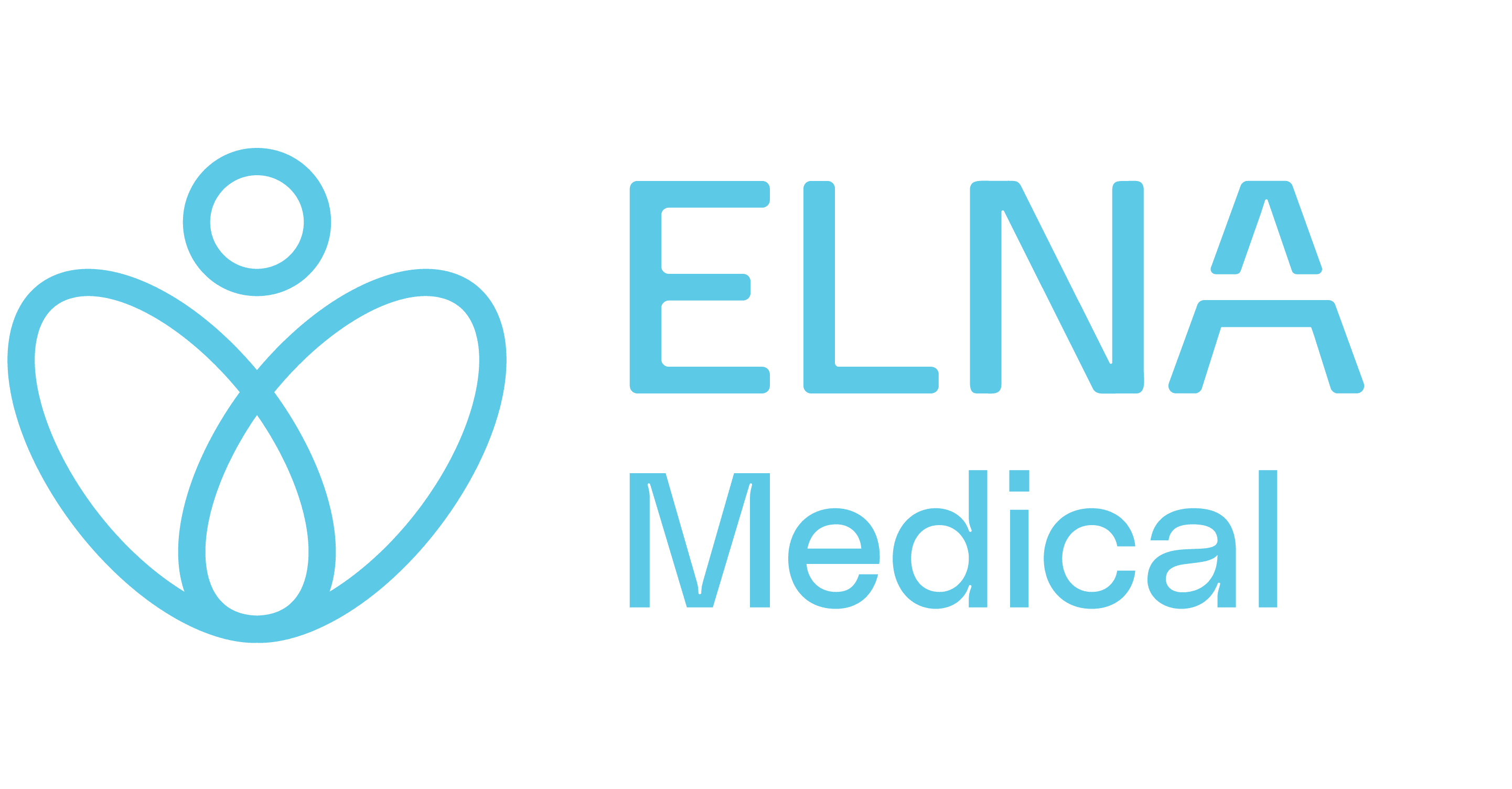An estimated 30% of Canadian adults are at high risk for having or developing sleep apnea. As a condition in which disturbed breathing interrupts sleep, this sleep disorder can be life-threatening to the point of causing dangerous daytime sleepiness as well as contributing to a higher risk of high blood pressure, stroke, and heart attack. In this article, find out how to recognize sleep apnea and what to do if you experience symptoms. Contact a specialist clinic for more information.
What causes sleep apnea?
There are 3 types caused by different reasons:
- Obstructive sleep apnea (OSA), the most common type, happens when air cannot get into the lungs because the upper airway has collapsed. OSA affects approximately 24% of middle-aged men and 9% of middle-aged women in Canada
- Central sleep apnea, which is quite rare, results when the brain fails to send normal signals to the chest to breathe properly while asleep.
- Mixed sleep apnea, as the name suggests, is a combination of the first two types. It always starts out as central sleep apnea, and then turns into OSA.
What are the symptoms?
Unfortunately, most people with sleep apnea are unaware of their condition. But some symptoms can occur outside the sleeping phase. So, don’t forget to ask the person who shares your bed!
The main symptoms are as follows:
- Noisy snoring
- Frequent pauses in breathing, choking or suffocation during sleep
- Insomnia or frequent waking during the night
- Sore throat, dry mouth or headaches on waking
- Fatigue and dizziness on awakening
- Sleepiness during the day
- Libido or erection problems
- Overweight problems. Sleep apnea can be linked to obesity.
Sleep apnea can also lead to headaches, memory problems, and depression. In severe cases, complications including high blood pressure, heart attacks, strokes, and abnormalities in heart function, such as heart failure and arrhythmias (irregular heartbeat), can develop or worsen due to sleep apnea. If you have noticed one of these symptoms, book an appointment to talk with a sleep specialist or your family doctor.

How to diagnose sleep apnea?
A family doctor or a sleep disorders specialist will ask more detailed questions to find out whether you have the symptoms of and will examine them physically to see what might be blocking the airway. He or she may perform a physical examination to see if the airway is blocked, measure blood pressure, or order blood tests and heart function tests to check for complications, or to rule out other conditions.
To confirm your diagnosis, your doctor may prescribe a sleep apnea test, to be performed by a sleep clinic such as Neurothérapie Montréal. If you don’t have a prescription, you can also book an appointment directly with the clinic for a free 15-minute consultation via the website.
Sleep apnea test
After a free initial telephone consultation with a member of the senior team, you will be invited to an in-clinic consultation. Depending on your situation, our specialists will suggest different types of study:à
- In-clinic sleep study: also known as polysomnograms (PSG), you will spend a night and/or a day in a clinic where you will be monitored and assisted by a sleep technologist. Sensors are applied to record brainwaves (EEG), eye movements (EOG), muscle tone (EMG) and thus assess sleep stages. The study can be carried out continuously or fractionally.
- Home sleep study: a simplified version of the laboratory study, the home study focuses on nocturnal breathing to diagnose or exclude obstructive sleep apnea (OSA). It uses fewer sensors.
The results are then analyzed by a specialist, who will also suggest an appropriate treatment.
How it is treated?
There’s no medication therapy but several treatments are known to be successfuland can be offered by sleep clinics such as Neurothérapie Montréal:
- Positive Airway Pressure (PAP) therapy: machines such as CPAP, BiLevel, AVAP and Servo ventilators are used to help keep the patient’s airway open during sleep. To date, this type of treatment has proved the most effective, whatever the cause of the apnea. Patients often notice a difference after just 1 or 2 nights.
- Behavioral measures for sleep disorders: non-surgical treatments for sleep and breathing disorders.
- Oral appliances: prevent airway obstruction.
- Positional therapy: trains you to sleep on your side, in order to resolve or reduce breathing problems during sleep.
Healthy lifestyle changes can help eliminate factors that cause or aggravate sleep apnea. If the condition is related to obesity, losing weight can often solve the problem. Sleeping on your side, quitting smoking, and avoiding alcohol and tranquilizers (which can worsen snoring and interfere with control of breathing) all help to control it.

Medical clinic for sleep disorders in Montreal
The best way to improve the quality of your sleep is to consult a specialist in sleep medicine, who will help you make a diagnosis and find a suitable treatment.
At ELNA Medical, we help our patients regain control of their nights. Our Neurotherapy Montreal sleep medicine clinic offers state-of-the-art services to evaluate and treat sleep disorders: apnea, narcolepsy, insomnia, restless legs syndrome/limb movement disorders and circadian rhythm.
Book an appointment at Neurotherapy Montreal
Free consultation by phone.
Don’t let your bad quality of sleep spoil your daily life! Our Neurotherapy Montreal clinic has the specialists you need to assess and treat sleep disorders that affect your mental and physical well-being.
All material copyright MediResource Inc. 1996 – 2023. Terms and conditions of use. The contents herein are for informational purposes only. Always seek the advice of your physician or other qualified health provider with any questions you may have regarding a medical condition. Source: www.medbroadcast.com/condition/getcondition/Sleep-Apnea














